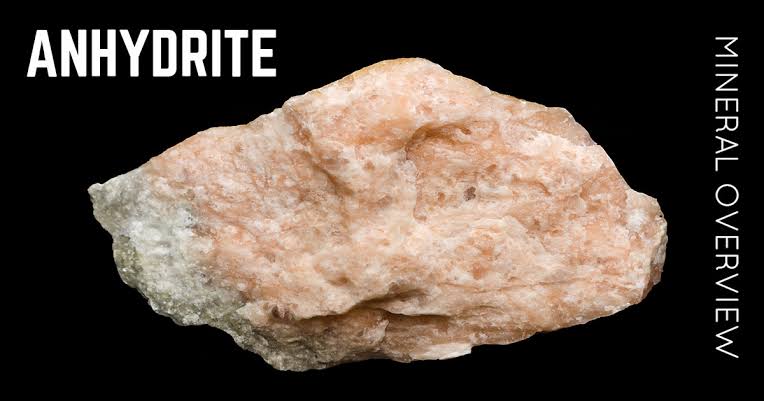Through collective research and scientific studies, scientists from the University of Sussex introduced a newly discovered material which they say could become the stepping stone to creating a sustainable life on Mars— the red planet.
For ages, Mars has been a planet which is under research and potential discoveries. Unlike the Earth, which can sustain life on organisms, Mars does not have this capability. The temperature on the planet drops down to below -100 degrees Fahrenheit, making it impossible to support life. Moreover, this planet has less gravity compared to Earth and has a high level of radiation. Thus, it was always concluded that there is no life on Mars.
The last research mission that took place on this red planet was the “Mars 2020 Perseverance Rover,” which is a part of the National Aeronautics and Space Administration’s (NASA) Mars Exploration Programs.

“The mission also provides opportunities to gather knowledge and demonstrate technologies that address the challenges of future human expeditions to Mars,” NASA stated.
However, scientists recently developed a robotic Artificial Intelligence (AI) called “chemist” that transforms material from the planet Mars into new materials that can sustain life. This robot can create oxygen for Martian meteorites. But, great discoveries did not end just here.
Scientists are studying a variant of nanomaterial which is known to be a substance that is a thousand times thinner than human hair. It can be utilized to produce clean energy and building material in Mars.
All these discoveries are published in Advanced Functional Materials, a journal containing materials that are declared as “waste” by NASA, and can be used to produce energy. One material discovered is called “anhydrite.”
“Unexpectedly, anhydrite nanobelts have remarkable electronic properties,” with “semiconducting and insulating behaviours,” the study stated.
“Our study takes what was considered waste, essentially lumps of rock, and turns it into transformative nanomaterials for a range of applications from creating clean hydrogen fuel to developing an electronic device similar to a transistor, to creating an additive to textiles to increase their robustness”, Dr. Conor Boland, Materials Physics Instructor at the university and lead author of the research, stated.
This study also asserted that this discovery opens avenues for sustainable technology and building on Mars but also highlights the broader potential for eco-friendly breakthroughs here on Earth. Thus, concluding that there are more to explore in the newly discovered material, and it includes better possibilities to live on Mars.
Other POP! stories that you might like:
Keeping secrets to yourself can be energizing, says study
NASA streams cat video from deep space via laser
Snoozing on your alarm makes you mentally sharper, study claims
Aurora Borealis sighted in Japan for the first time in 2 decades
Does looking at the value of gifts overshadow the spirit of giving?


